Advertisement
There's always been something personal about games. Whether it's a single-player story that sticks with you or a multiplayer round that sparks unforgettable moments, games reflect the ideas and work of the people behind them. But now, with AI stepping in as a creative partner—or, in some cases, the main builder- that connection is shifting. What does it really mean when a game is no longer handcrafted in the traditional sense, but instead generated by algorithms? The answer isn't simple, but it's definitely interesting.
Some see it as the next step forward—faster development, bigger worlds, and endless possibilities. Others worry that something human might get lost in the process, even if the result looks just as polished. Let's deeply analyze to develop a better understanding.
AI doesn't write stories the way a person does. It doesn't build levels because it finds them fun or challenging. It generates based on patterns, inputs, prompts, and instructions. And yet, the games it can produce are starting to look and feel more complete. With tools that can now create entire environments, place obstacles, and even design character behaviors, developers are beginning to use AI to handle some of the heavier creative lifting.
This changes who gets to make a game. Someone with a strong idea but limited coding skills might be able to produce a playable prototype with the help of AI-based systems. That kind of shift doesn't just lower the barrier to entry—it reshapes it. It creates room for more voices, different types of storytelling, and potentially, an overflow of content unlike anything seen before. The question is whether that content can still feel meaningful, or if it starts blending together.
AI can work fast. Much faster than traditional development cycles. A team that might take years to build a game could, in theory, use AI tools to prototype, design, and test in a fraction of the time. That speed brings its own tension. If it takes a week to release a basic game, how long will players stay interested?
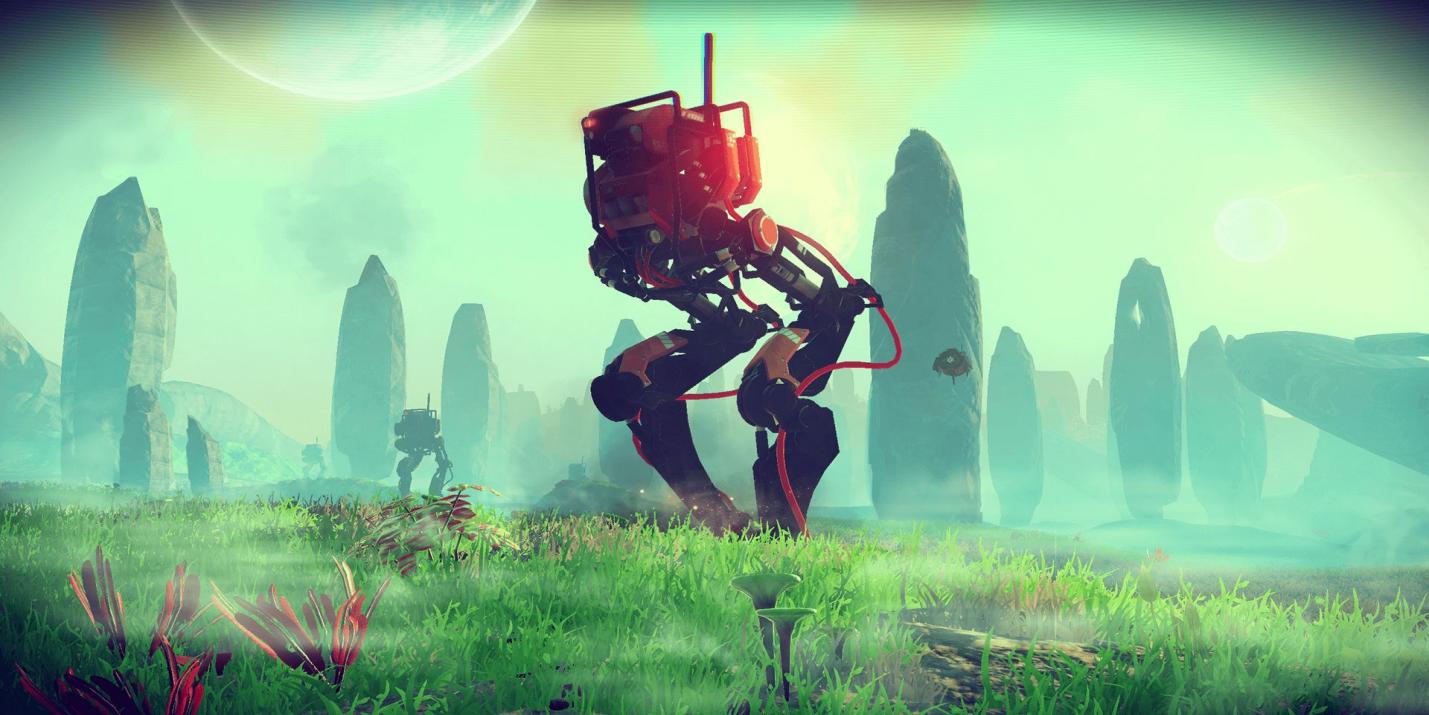
There’s a real chance this could push the industry toward quantity over quality. Stores and marketplaces already struggle with oversaturation. AI could multiply that issue. With new games dropping constantly, it becomes harder for developers to stand out—unless they rely on the same tools that made things crowded in the first place.
Speed also brings pressure. Bigger studios may feel like they need to compete with fast-moving AI-aided indies. That might lead to faster release schedules, shorter development cycles, and more crunch. Ironically, AI was supposed to make things easier. However, in an industry that runs on competition and deadlines, the effect might go the other way.
One of the more exciting uses of AI is procedural generation. This isn’t new—games like Minecraft or No Man’s Sky have used it for years. However, the current wave of AI systems can take that concept much further. Instead of a randomly built map or shuffled loot table, we're now seeing AI that can build entire worlds with story beats, quests, and character arcs that adjust in real-time based on how someone plays.
That sounds like a dream. A game that reacts to your style, adapts to your interests, and writes its own content on the fly? But there’s a tradeoff. Human-made design often involves deliberate pacing, emotional weight, or subtle choices that mean more than they seem. AI doesn’t have that sense of nuance unless it’s fed and trained on a large set of examples—and even then, it might miss the mark.
The danger is that AI-generated design can feel soulless. Not because the environments are bad, but because they're empty of intent. When everything is reactive, nothing is permanent. For many players, that permanence- the feeling that a choice mattered, or that someone with something to say shaped a world—is part of what makes a game feel alive.
As AI-generated games become more common, players may start expecting more from their experiences. A sandbox that adapts to your mood, a character who learns how you think, a puzzle that never repeats itself—these aren’t far-off ideas. They’re starting to show up in prototypes and demos today.
But expectations can be a double-edged sword. Once people get used to AI responsiveness, traditional games might start to feel slow or limited. That could create pressure for developers to adopt AI tools, even if they don’t want to. Not every studio wants to train models, experiment with prompt engineering, or rely on algorithms to create. But if the audience demands it, they might not have much choice.
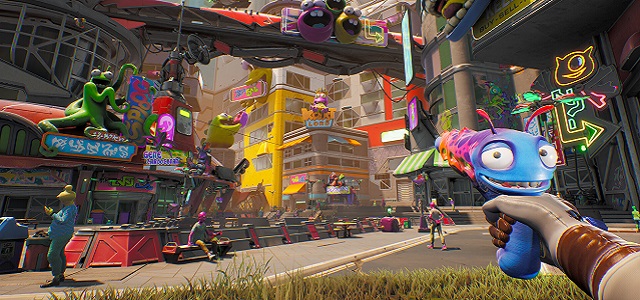
There’s also a risk that players may become harder to impress. If every AI-generated game is massive, ever-changing, and reactive, then uniqueness could be harder to recognize. Players might crave something simpler or more grounded—ironically turning back to handmade games for a sense of connection.
AI is already reshaping how games are made, who makes them, and what players expect. It opens up new possibilities, but it also brings new tensions. The idea of a game that generates itself is exciting, but the feeling behind it—the meaning, the tone, the subtle choices—still comes from people.
If the industry finds ways to use AI without losing that human fingerprint, it could lead to more creative freedom than ever. But if the focus shifts too far toward speed, quantity, and automation, something valuable may get left behind. Right now, we’re still at the edge of that balance. Where it leads depends not just on the technology, but on how the people behind the games choose to use it.
Advertisement

Cisco’s Webex AI Assistant enhances team communication and support in both office and contact center setups.
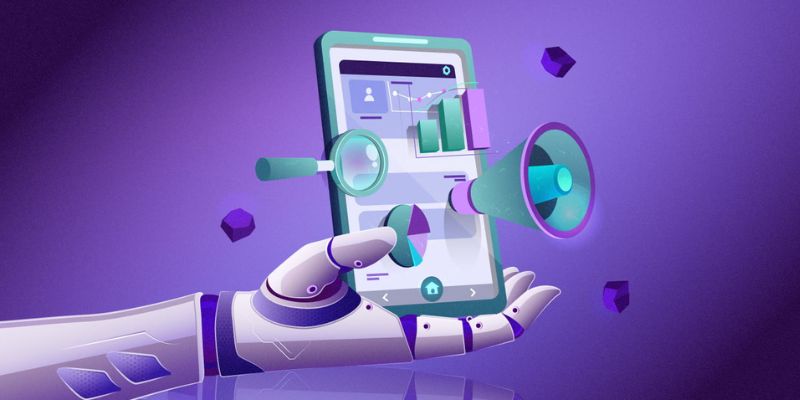
Know how AI-powered advertising enhances personalized ads, improving engagement, ROI, and user experience in the digital world

Explore the various ways to access ChatGPT on your mobile, desktop, and through third-party integrations. Learn how to use this powerful tool no matter where you are or what device you’re using

Curious about LPU vs. GPU? Learn the real differences between a Language Processing Unit and a GPU, including design, speed, power use, and how each performs in AI tasks

Want to create marketing videos effortlessly? Learn how Zebracat AI helps you turn your ideas into polished videos with minimal effort
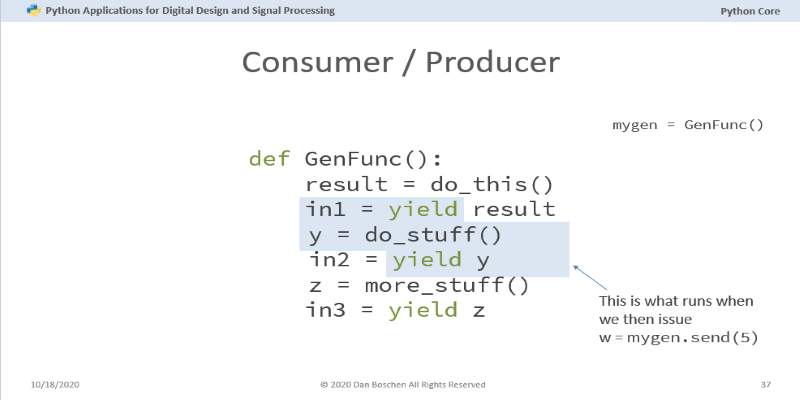
Curious about Python coroutines? Learn how they can improve your code efficiency by pausing tasks and running multiple functions concurrently without blocking
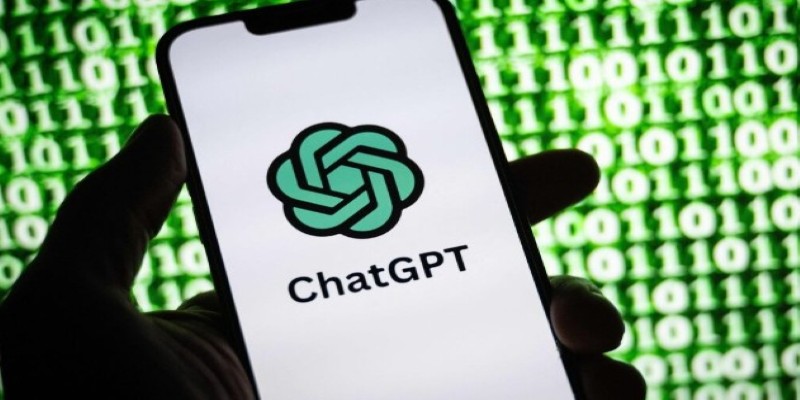
Can ChatGPT replace a doctor? Learn why relying on AI for medical advice can lead to dangerous oversights, missed symptoms, and biased answers

Explore the key differences between class and instance attributes in Python. Understand how each works, when to use them, and how they affect your Python classes
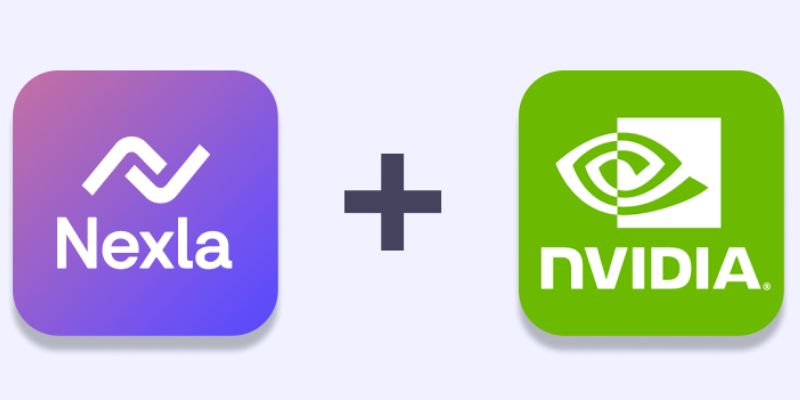
Nexla's Nvidia NIM integration allows scalable AI data pipelines and automated model deployment, boosting enterprise AI workflows

Knime enhances its analytics suite with new AI governance tools for secure, transparent, and responsible data-driven decisions

Explore how IBM's open-source AI strategy empowers businesses with scalable, secure, innovative, and flexible AI solutions.

Discover how Sprinklr's AI digital twin revolutionizes customer experience through real-time insights and automation.